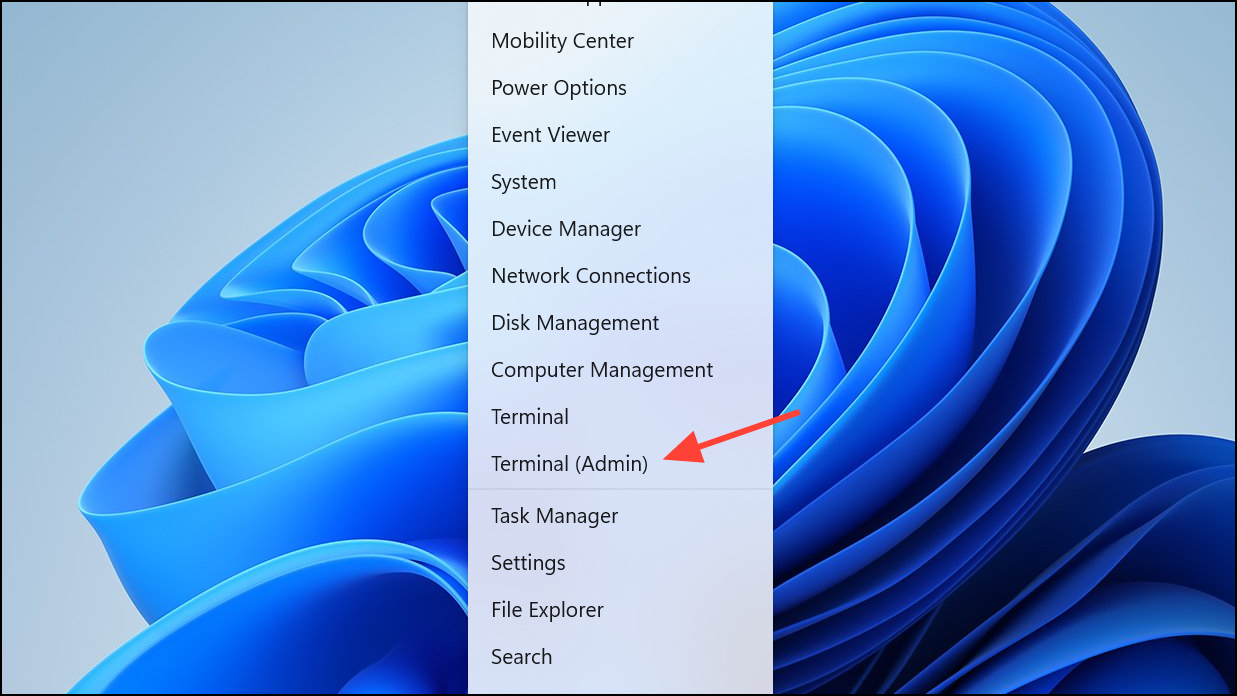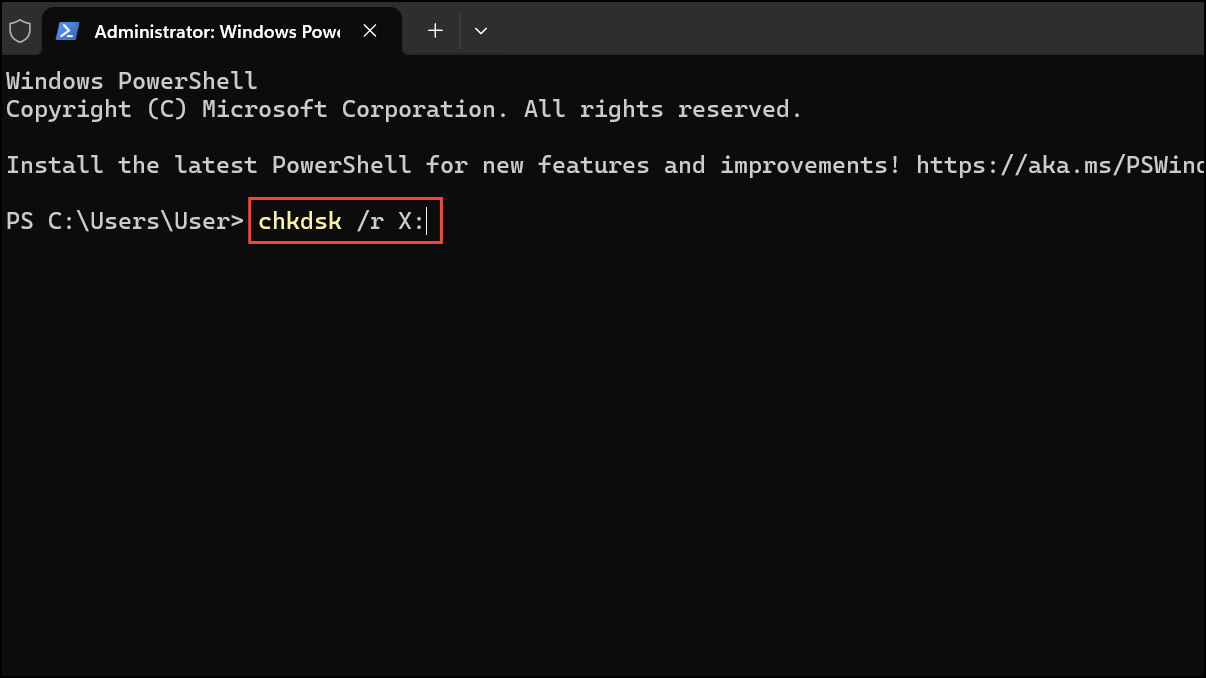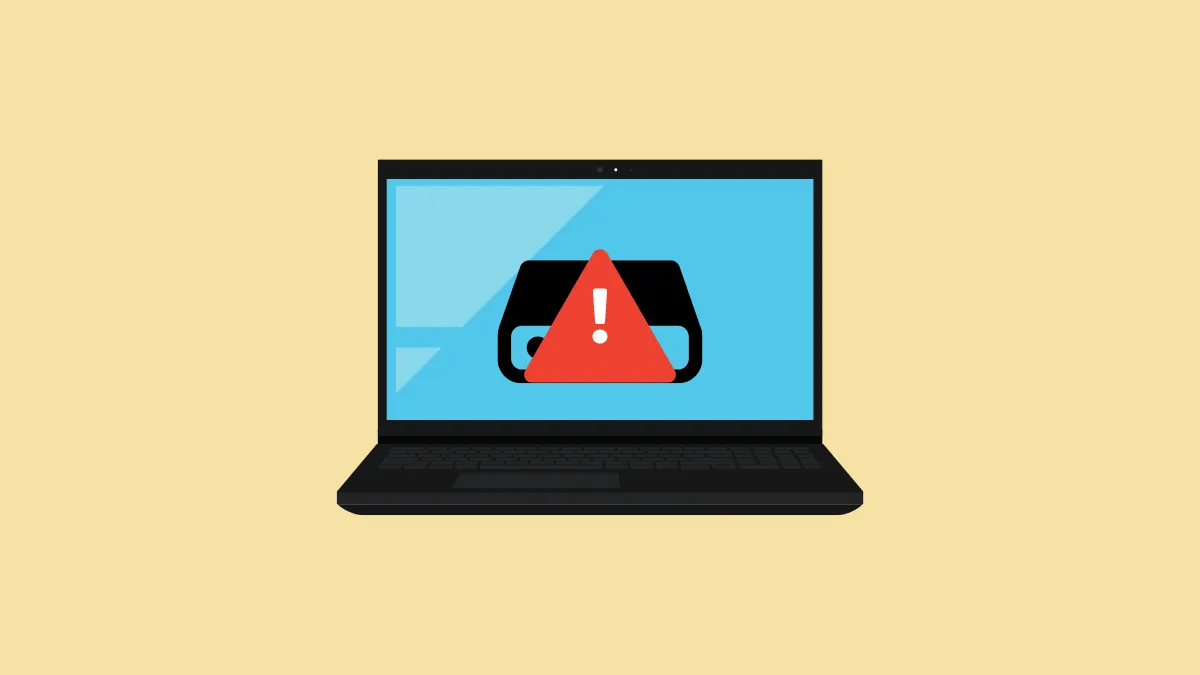The "Hard Drive Not Installed" error on Dell laptops typically occurs when your laptop fails to detect the internal storage drive at startup. Common reasons include loose connections, incorrect BIOS configurations, or hardware failure. Below are several reliable methods you can use to resolve this issue and get your laptop booting again.
Method 1: Check and Secure Hard Drive Connections
Step 1: Turn off your Dell laptop completely and disconnect all external devices, including USB drives, printers, and docking stations. Unplug the AC adapter and remove the battery if your laptop has a removable battery.
Step 2: Open the back panel of your laptop carefully. Locate the hard drive, which is generally housed in a metal bracket or secured with screws.
Step 3: Carefully disconnect and reconnect the hard drive, ensuring it is securely attached to the SATA connector and properly seated in its bracket. Replace the back panel securely.
Step 4: Reconnect the battery and AC adapter, then power on your laptop to check if the issue is resolved.
Method 2: Run Dell Hardware Diagnostics
Dell laptops include built-in diagnostic tools to identify hardware problems.
Step 1: Restart your laptop and press the F12 key repeatedly when the Dell logo appears to access the boot menu.
Step 2: Select the "Diagnostics" option from the menu and press Enter. Allow the hardware diagnostic tests to run fully.
Step 3: Note any error codes that appear. If the diagnostic detects a hardware issue with your hard drive, you may need to replace it or contact Dell Technical Support for further assistance.
Method 3: Verify and Adjust BIOS Settings
Incorrect BIOS settings can cause your Dell laptop to fail to recognize the hard drive.
Step 1: Restart your laptop and press the F2 key repeatedly to enter BIOS settings.
Step 2: Within BIOS, navigate to the "General" tab and select "Date/Time." Ensure the date and time settings are accurate, as incorrect settings can cause boot issues.
Step 3: Next, navigate to "General" > "Boot Sequence" and verify that the boot mode matches your operating system installation (UEFI or Legacy). For modern Windows installations, set the boot mode to "UEFI," enable "Secure Boot," and disable "Legacy Option ROMs."
Step 4: Under "System Configuration," ensure "SATA Operation" is set appropriately—typically "AHCI" unless your system specifically uses RAID.
Step 5: Save your BIOS settings changes and restart your laptop to check if the error is resolved.
Method 4: Perform a Hard Reset
A hard reset can clear residual power and fix temporary issues related to hardware detection.
Step 1: Turn off your laptop completely and disconnect all external devices. Unplug the AC adapter and remove the battery if removable.
Step 2: Press and hold the power button for 15-20 seconds to discharge residual electricity.
Step 3: Reconnect the battery and AC adapter, then power your laptop back on. Check if the hard drive is now detected.
Method 5: Repair Windows Startup Files
If your hard drive is physically fine but Windows startup files are corrupted, you can fix this by performing a startup repair.
Step 1: Create a bootable USB drive with Windows installation media using another working computer. Insert this USB drive into your Dell laptop.
Step 2: Restart your laptop and press F12 to select the bootable USB from the boot menu.
Step 3: When the Windows installation screen appears, select "Repair your computer," then navigate to "Troubleshoot" > "Advanced Options" > "Startup Repair." Follow the prompts to complete the repair.
Method 6: Scan and Repair Hard Drive Errors
If you suspect the hard drive has bad sectors or errors, remove the hard drive and connect it to another working computer.
Step 1: On the working computer, press Win + X and select "Command Prompt (Admin)" or "Windows Terminal (Admin)."

Step 2: Run the command chkdsk /r X:, replacing "X" with the drive letter assigned to your hard drive. This scans and repairs bad sectors.

Step 3: After the scan completes, reconnect the hard drive to your Dell laptop and check if the issue is resolved.
Method 7: Replace the Hard Drive
If none of the above methods work and diagnostics confirm a hardware failure, the final solution is to replace the hard drive entirely. Consider upgrading to a solid-state drive (SSD) for better performance and reliability. After installing the new drive, reinstall Windows and restore your data from backup.
These methods will help you effectively resolve the "Hard Drive Not Installed" error on your Dell laptop. If you continue experiencing issues, consider contacting Dell Technical Support or a professional data recovery service for further assistance.


